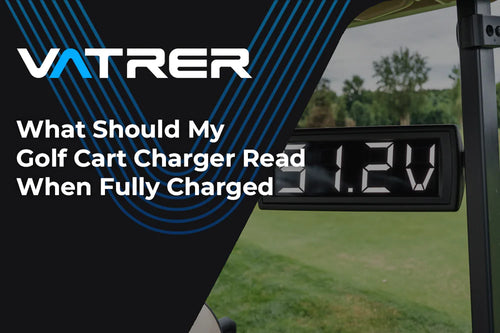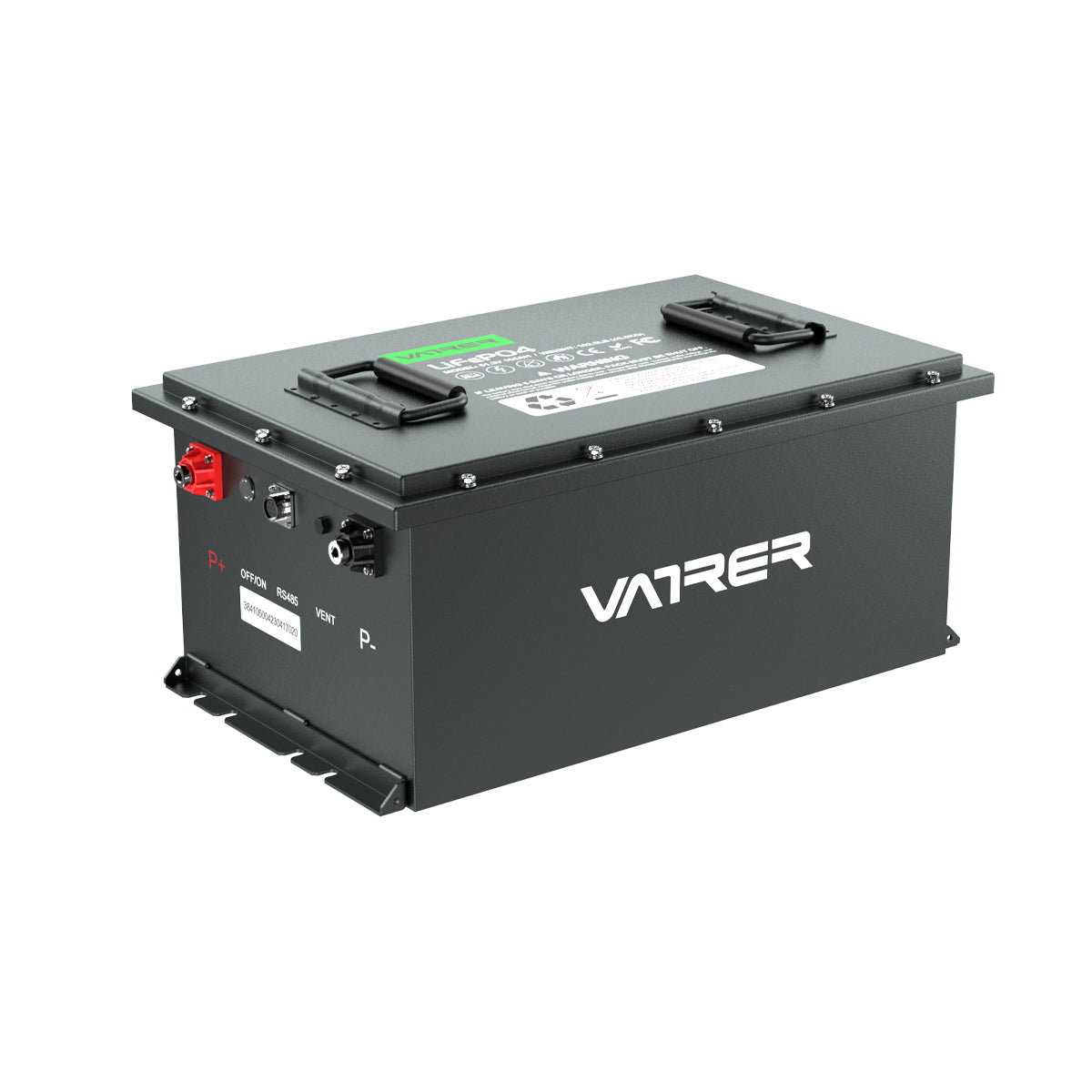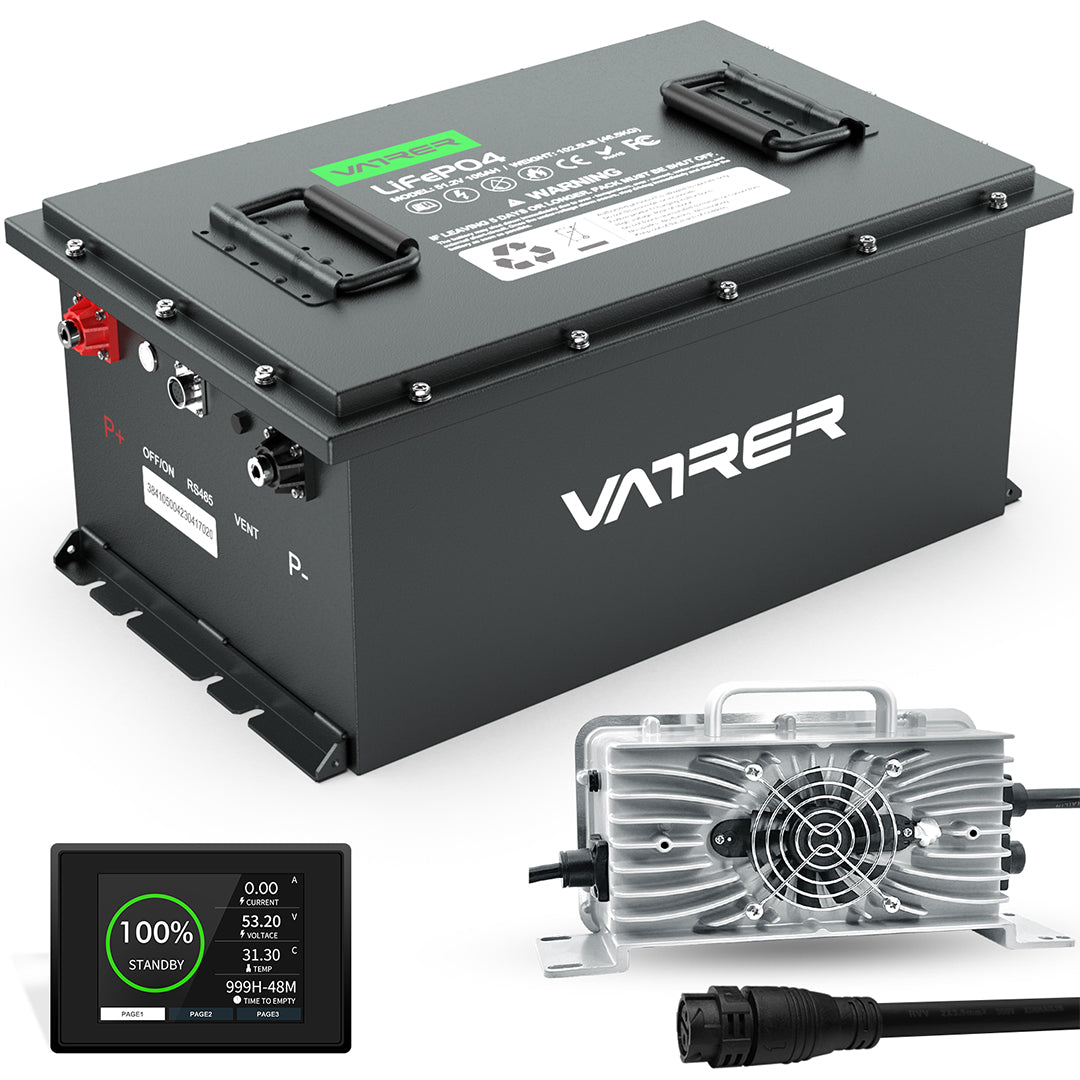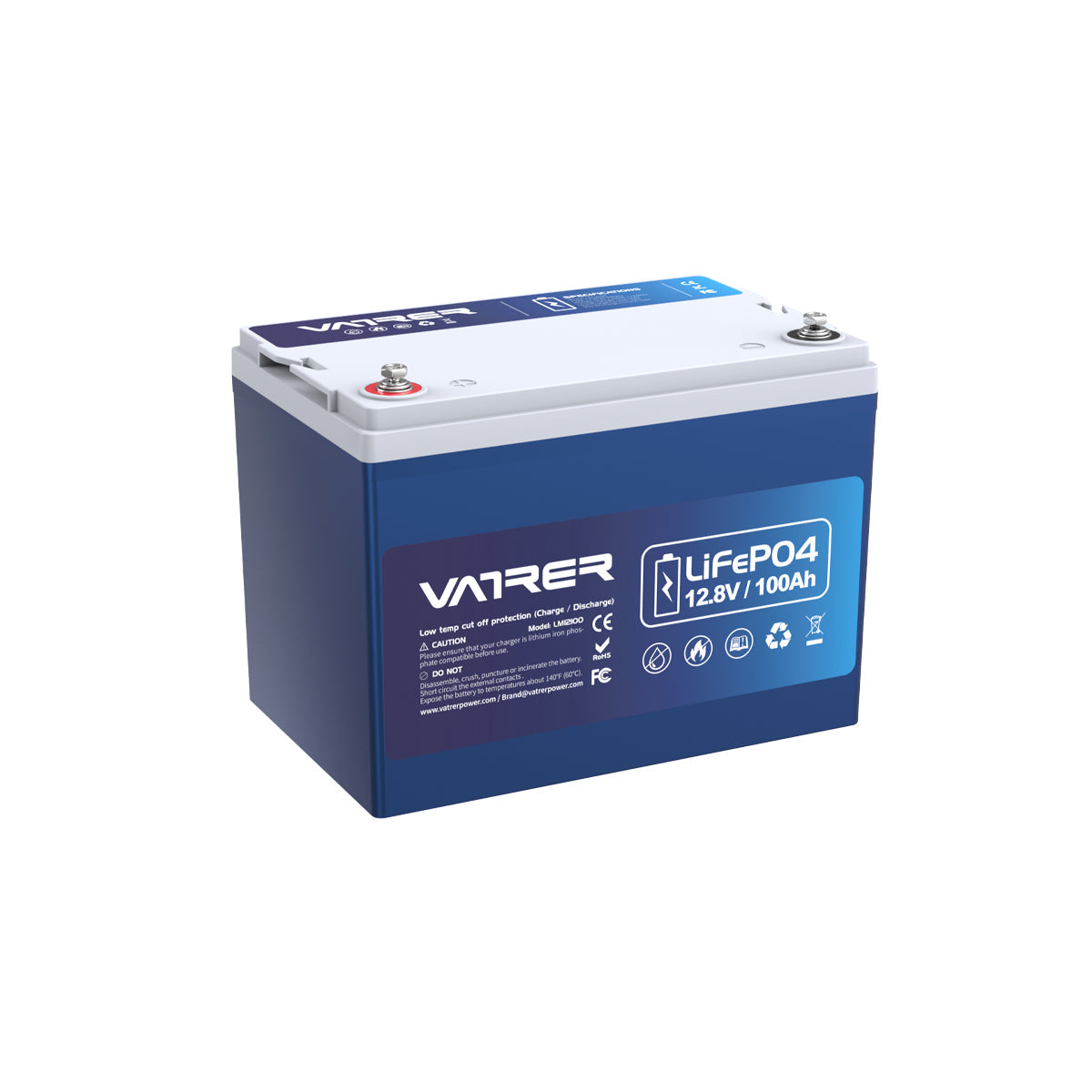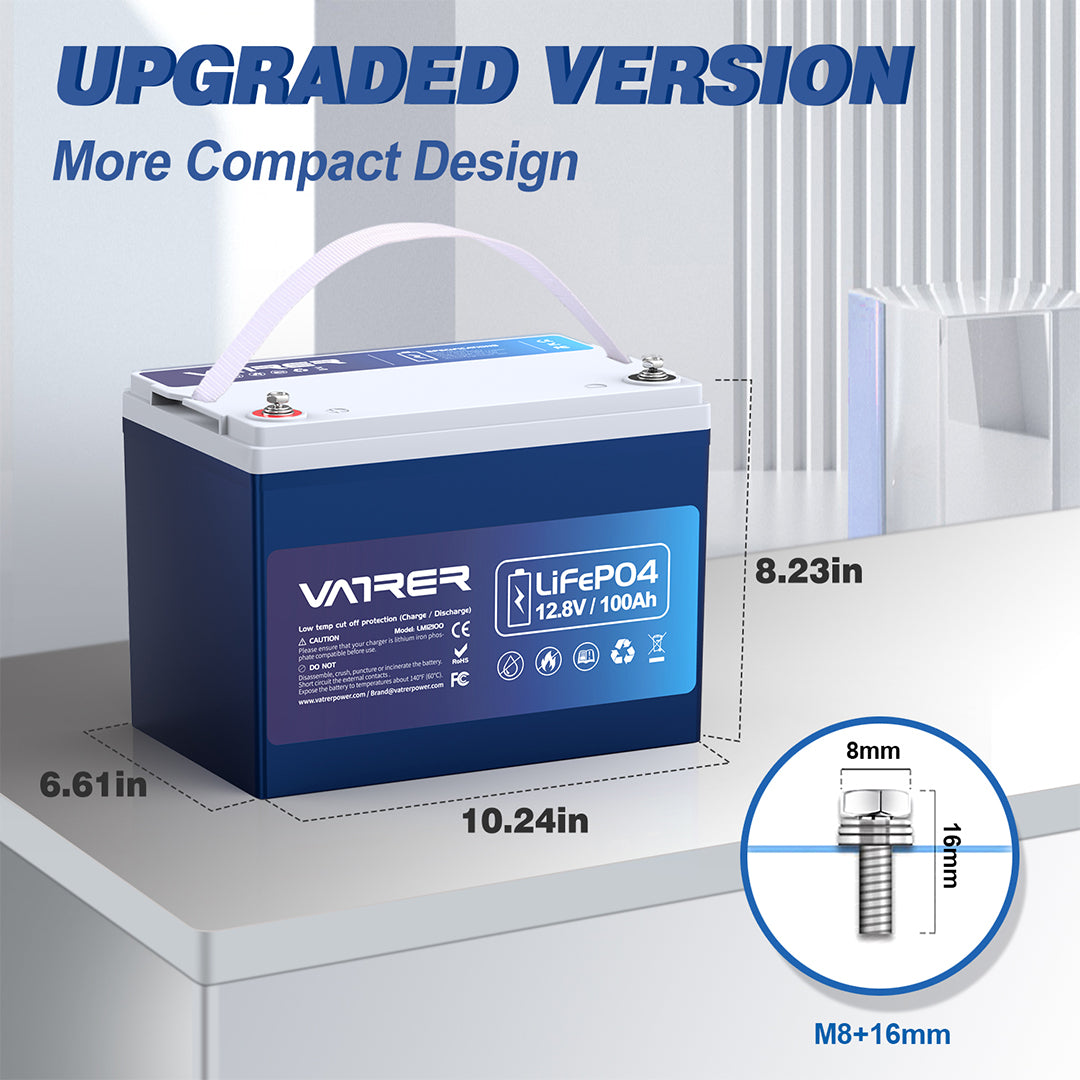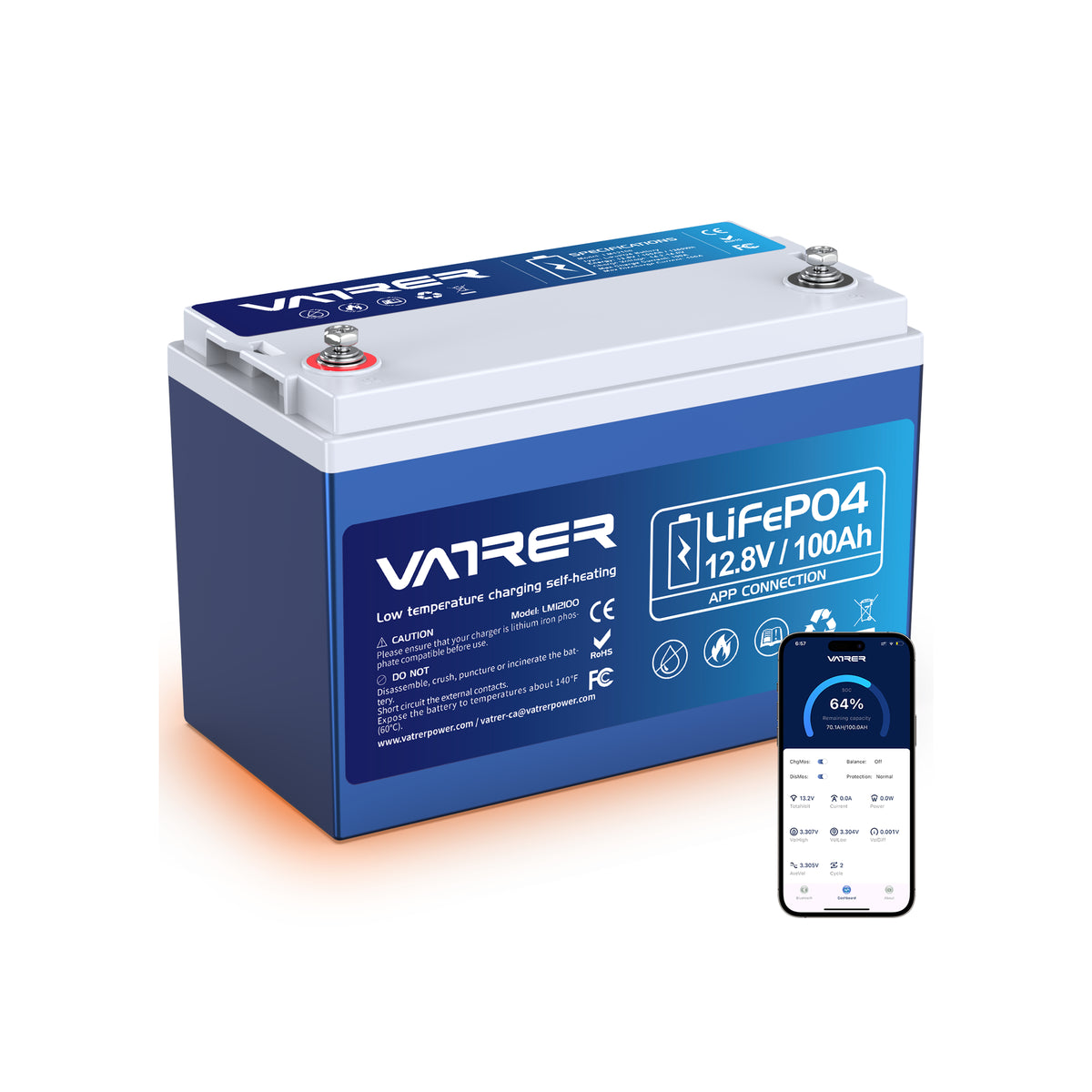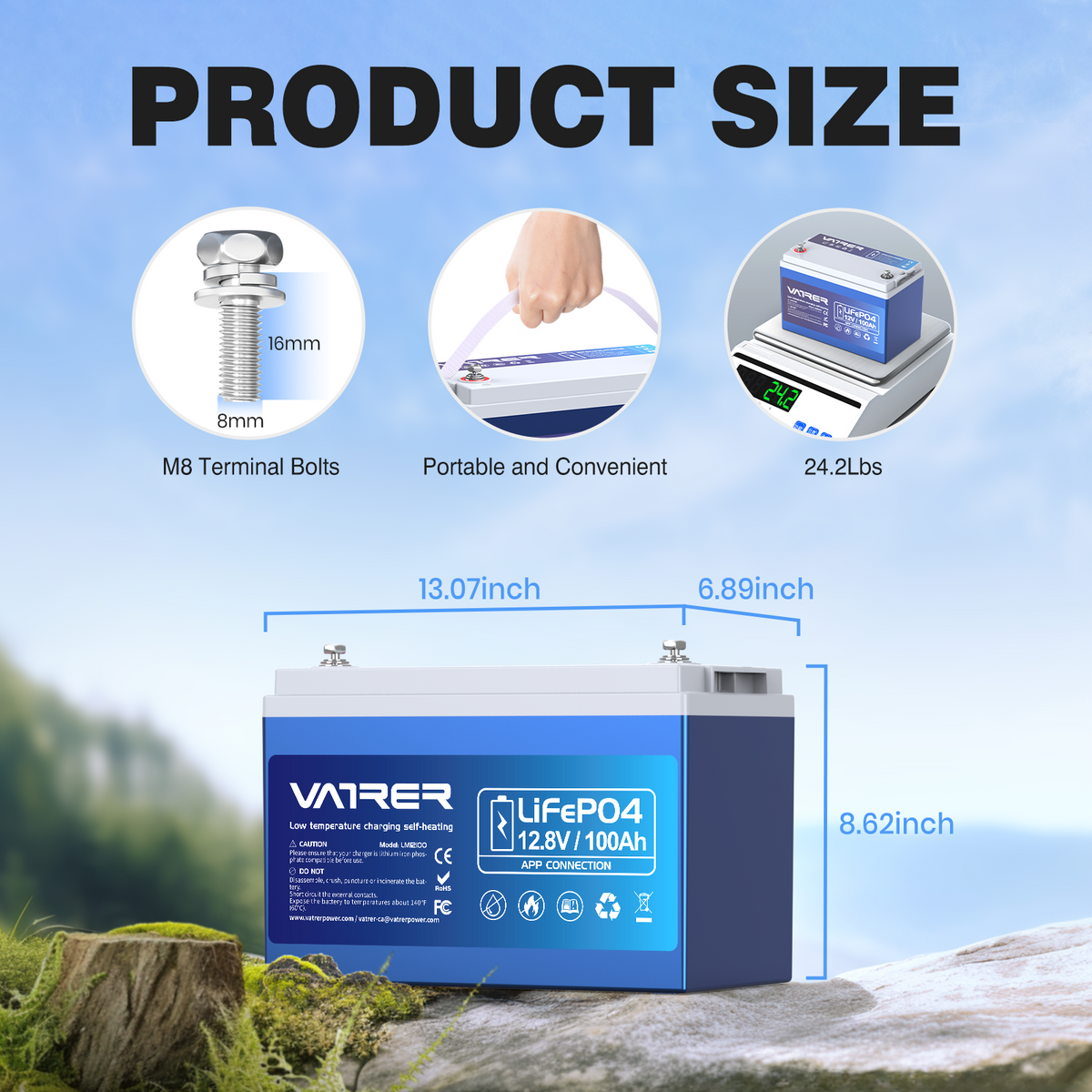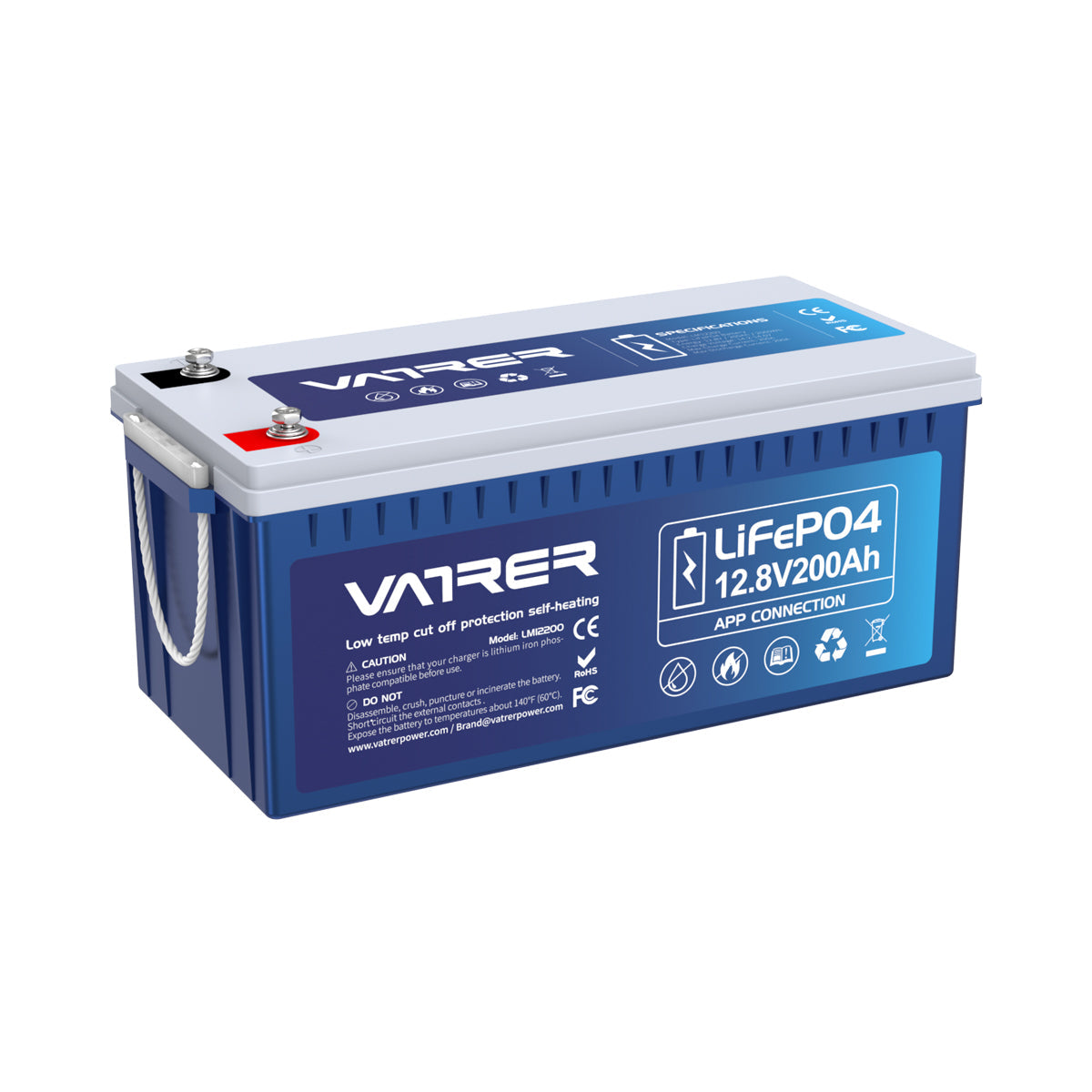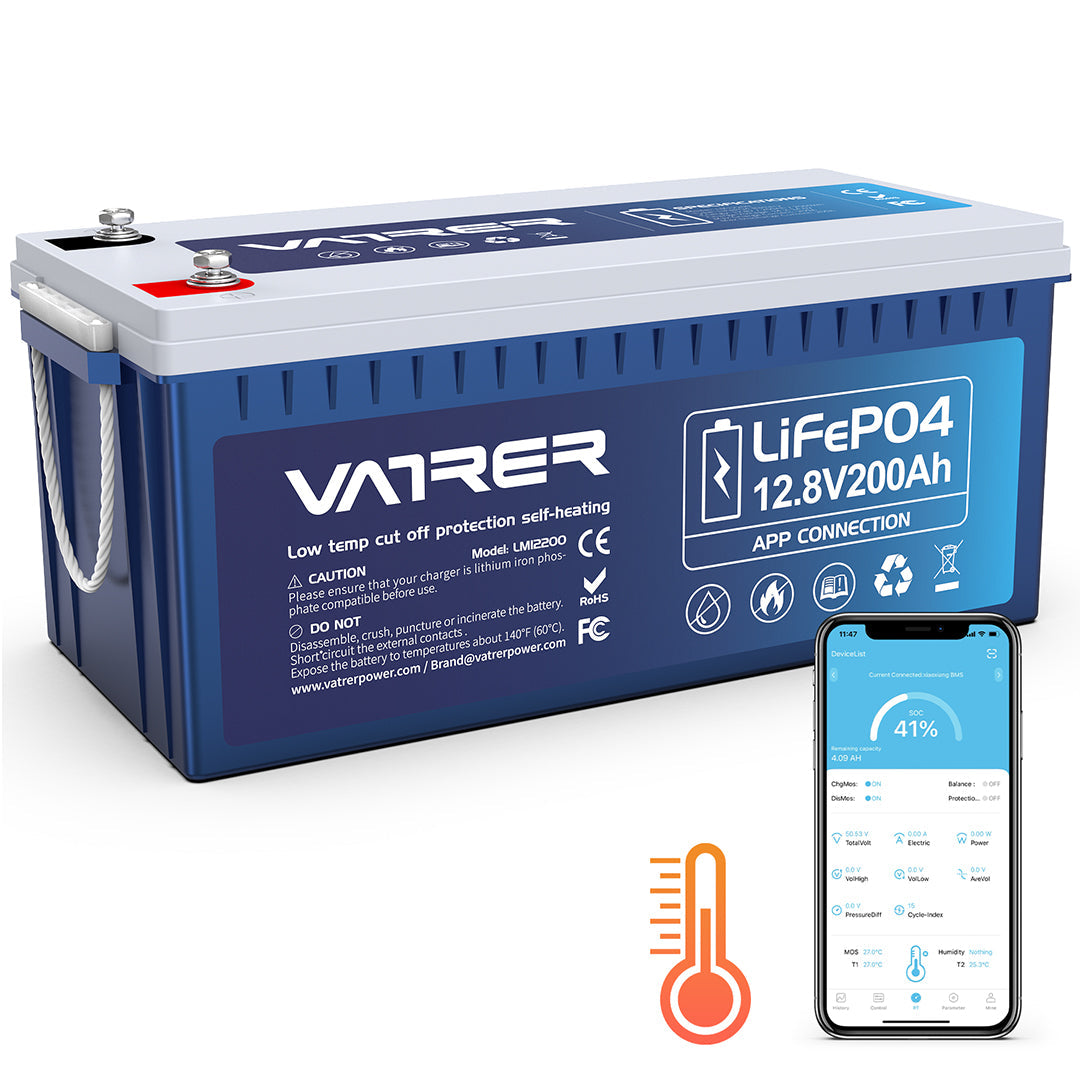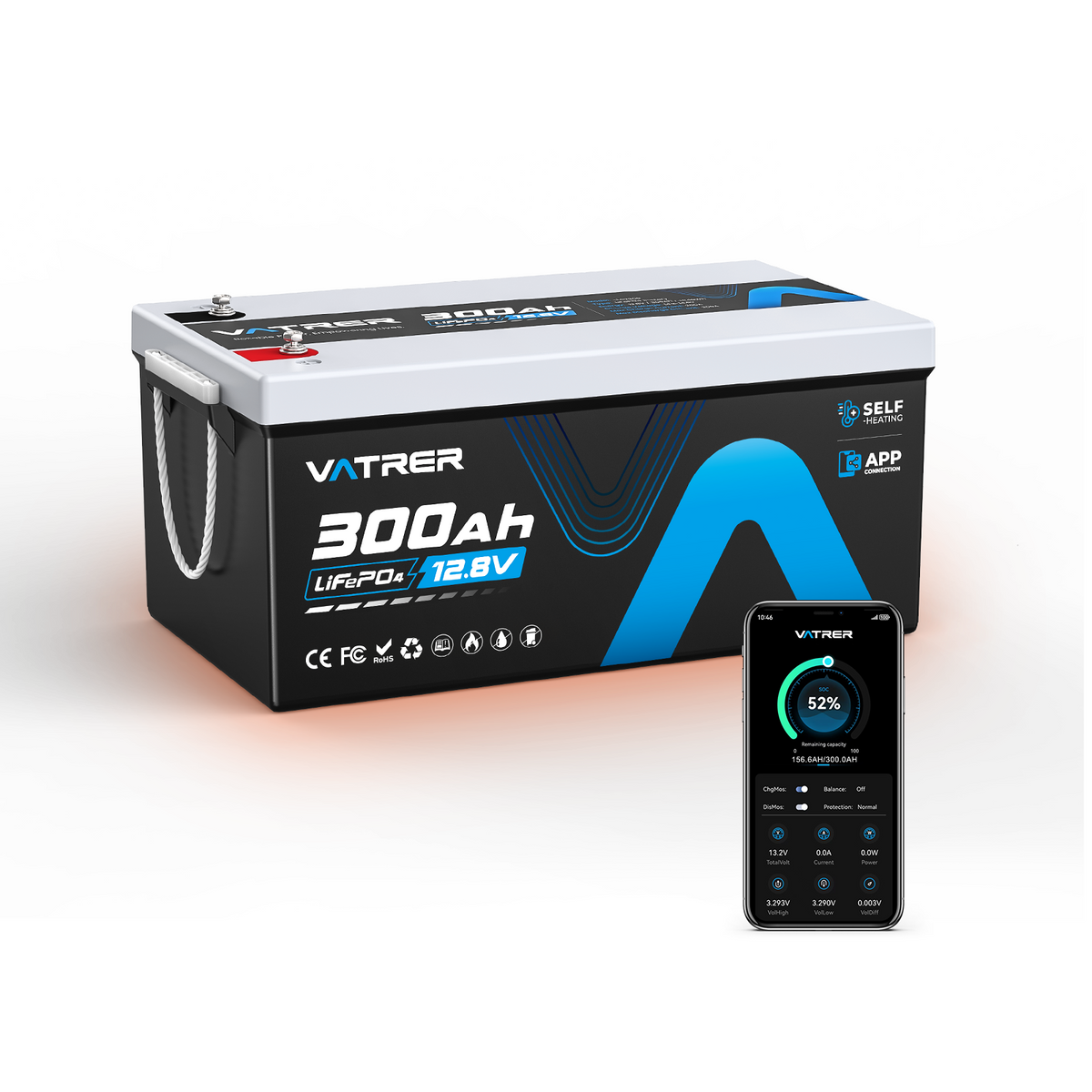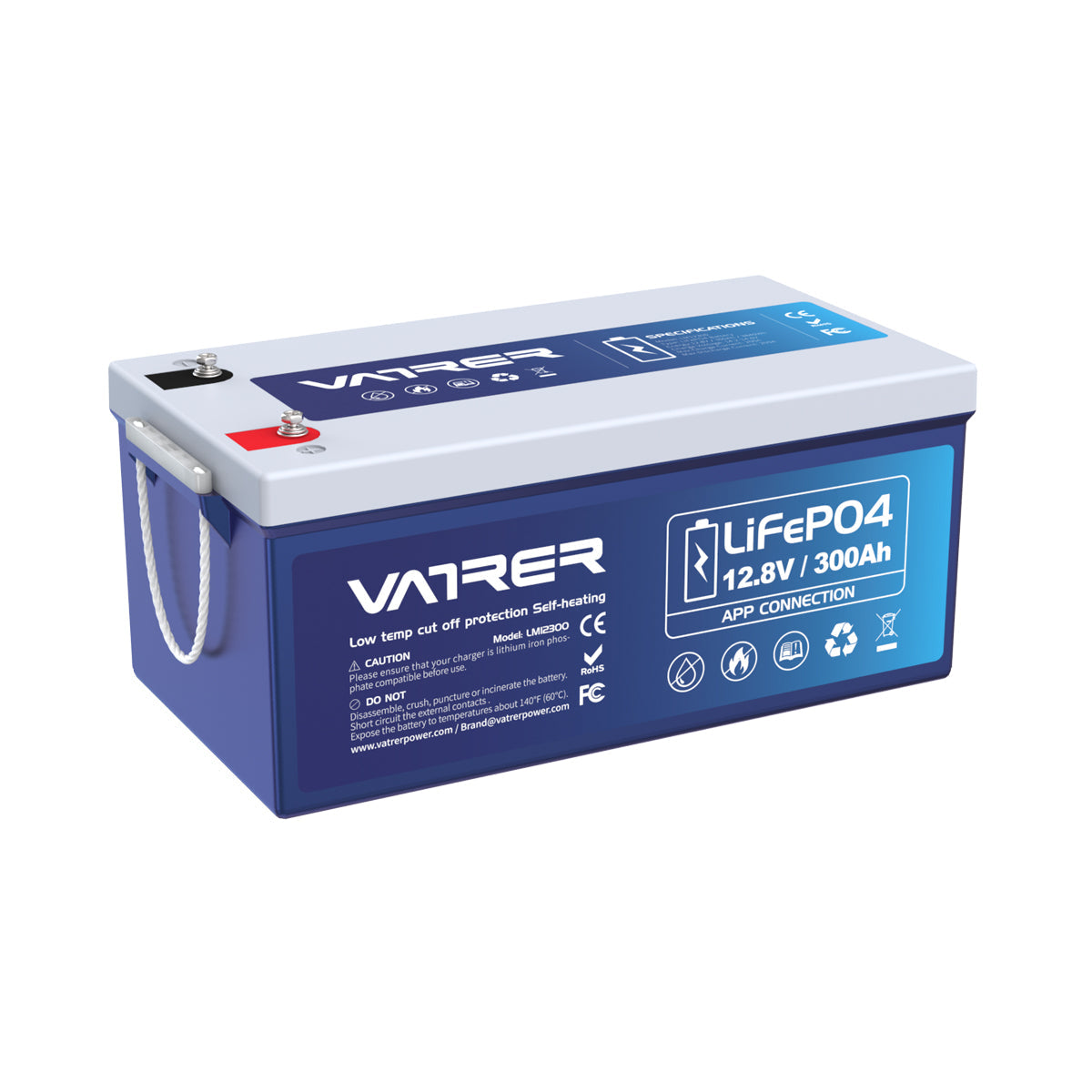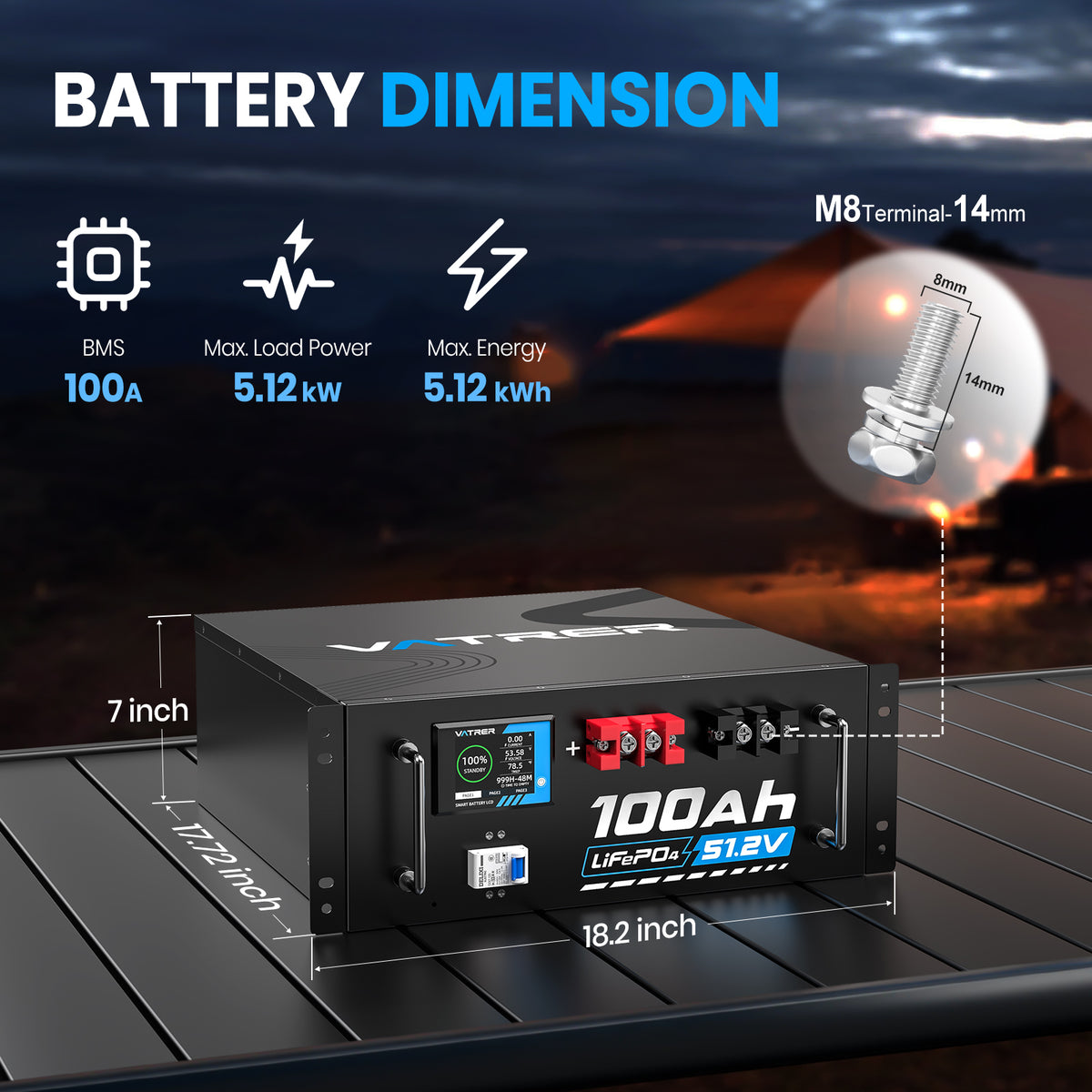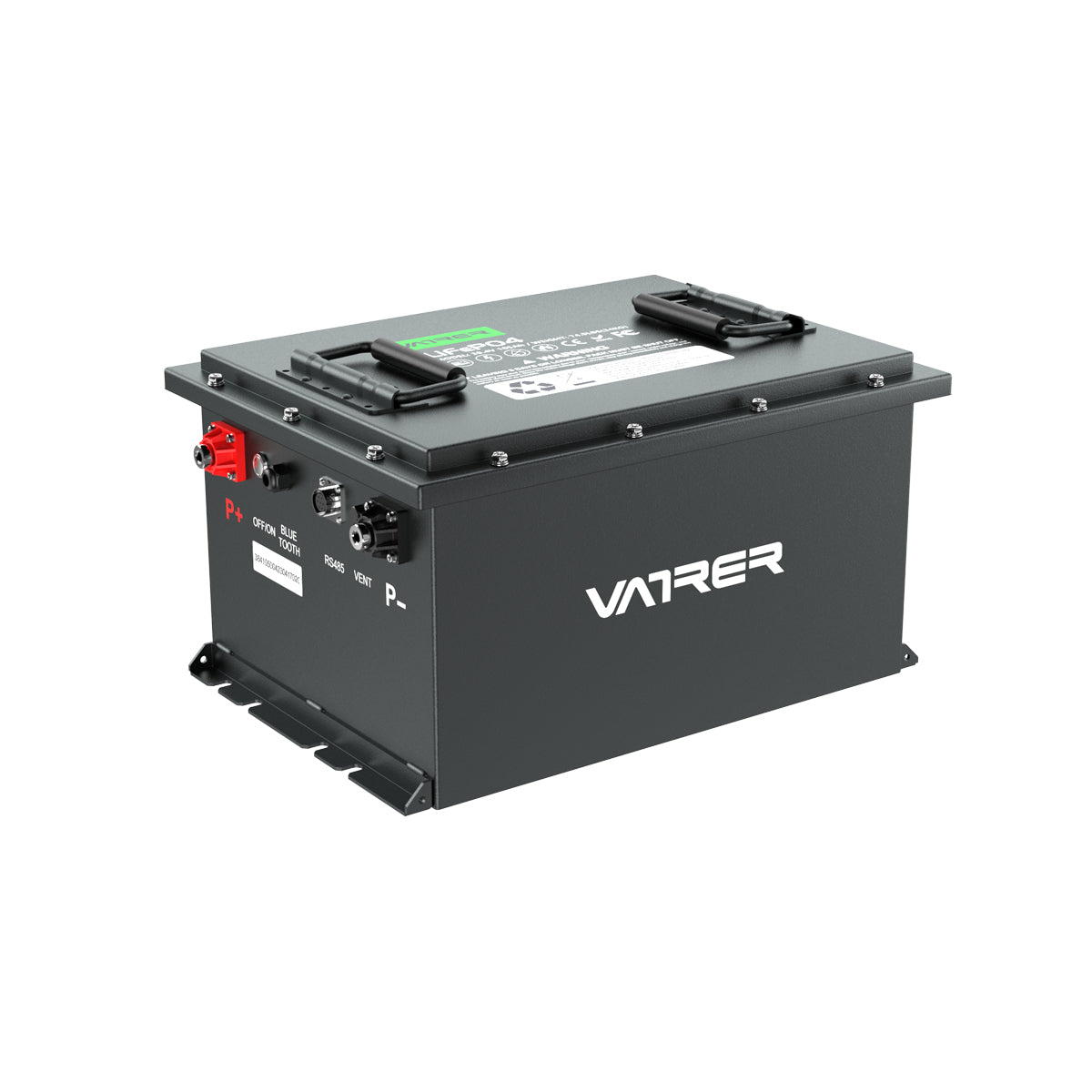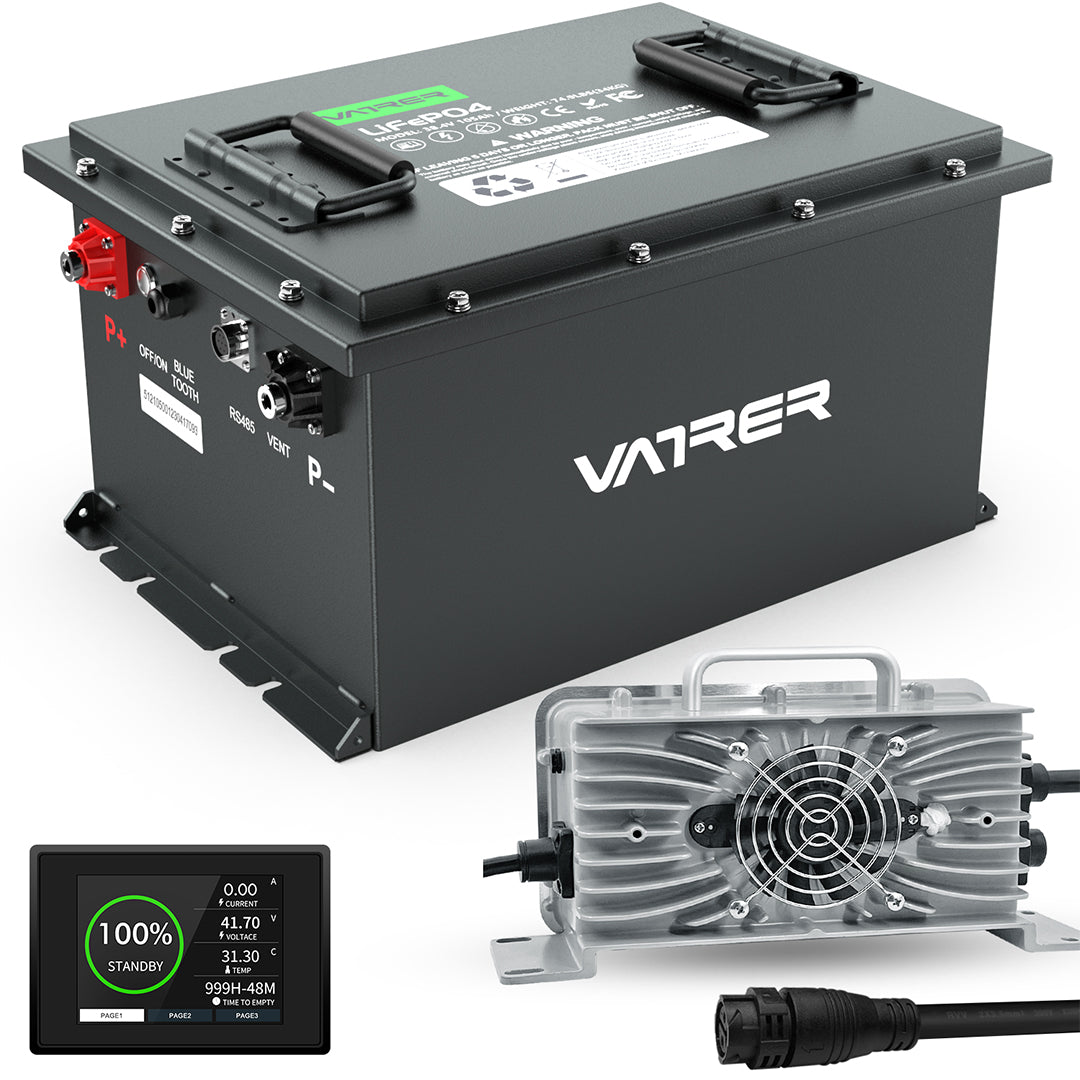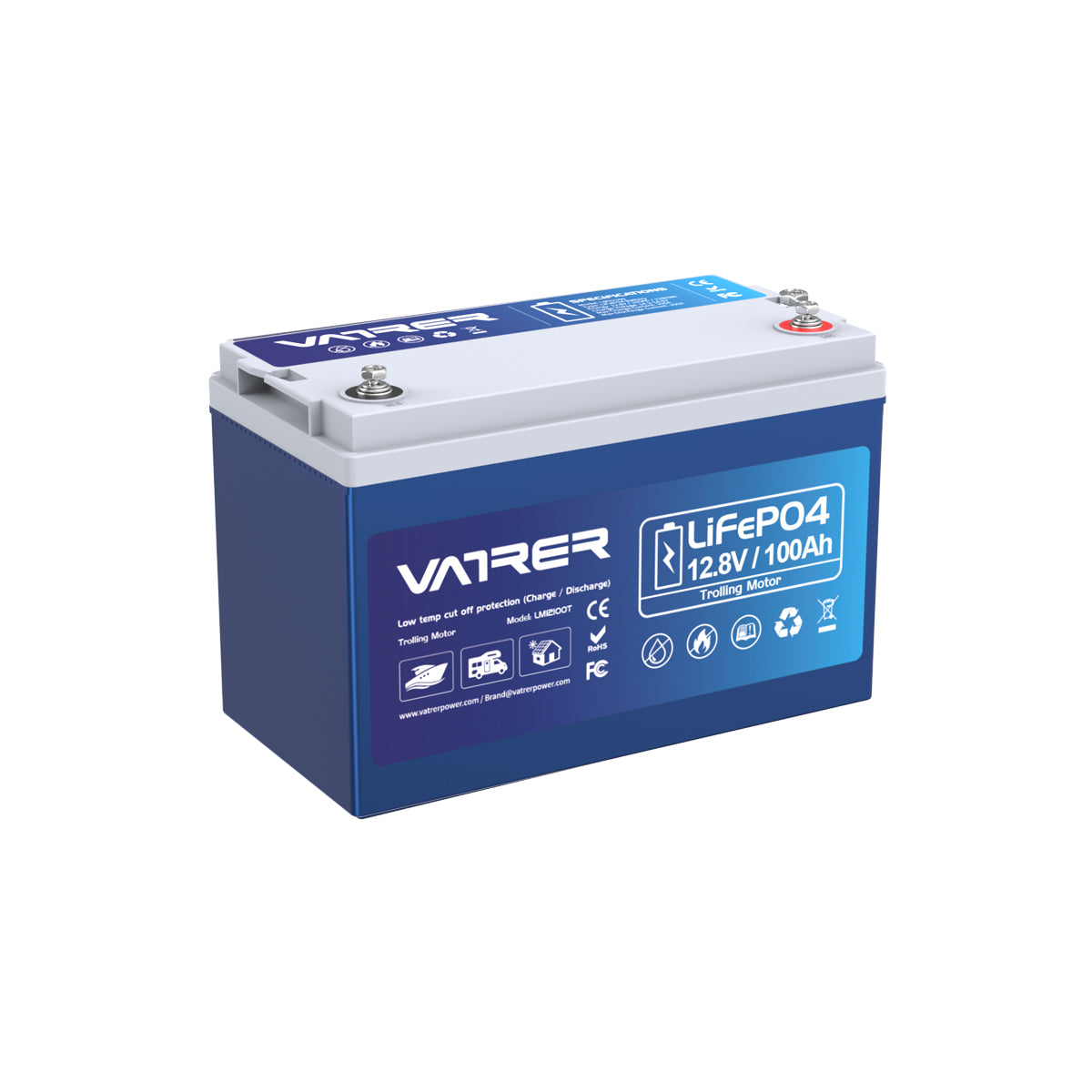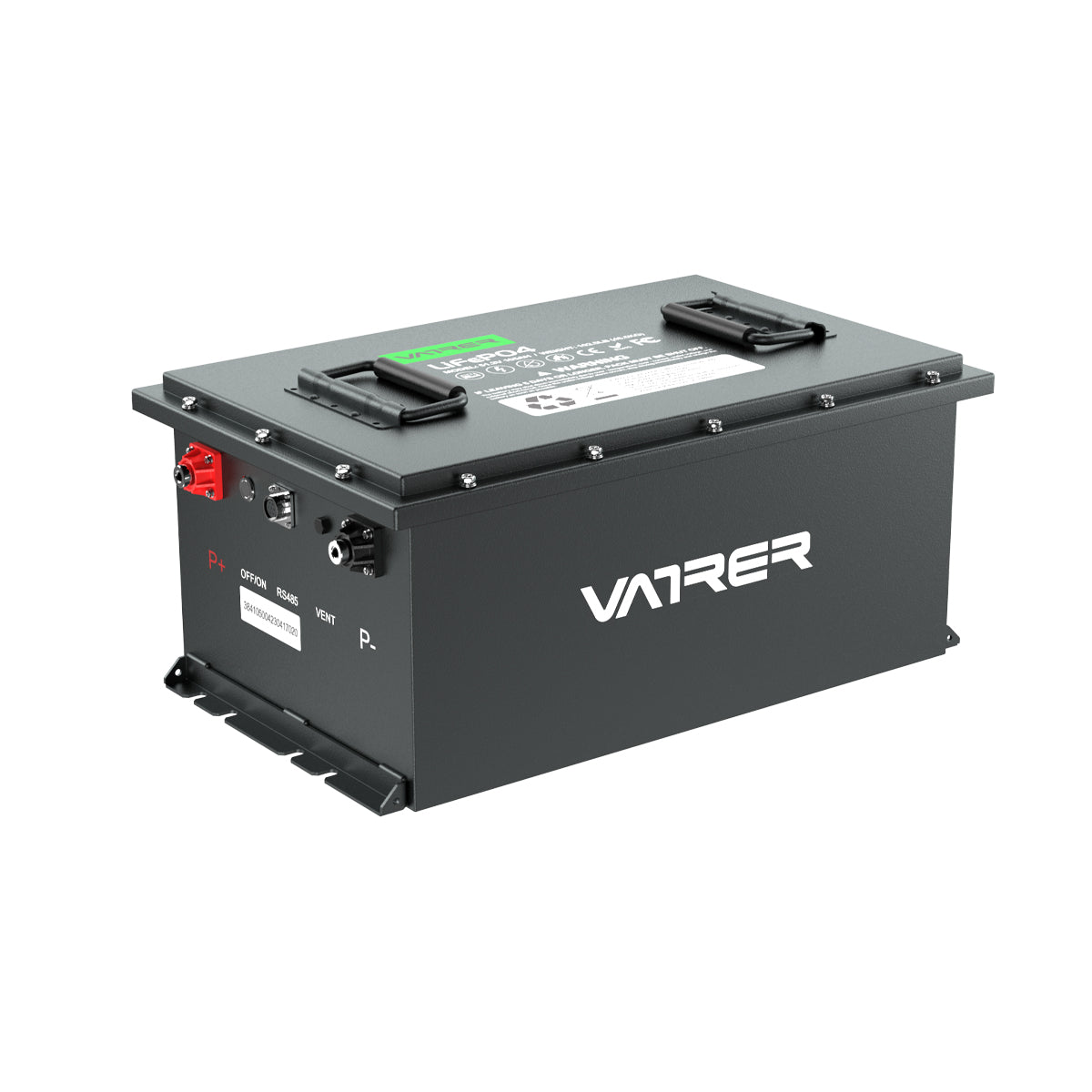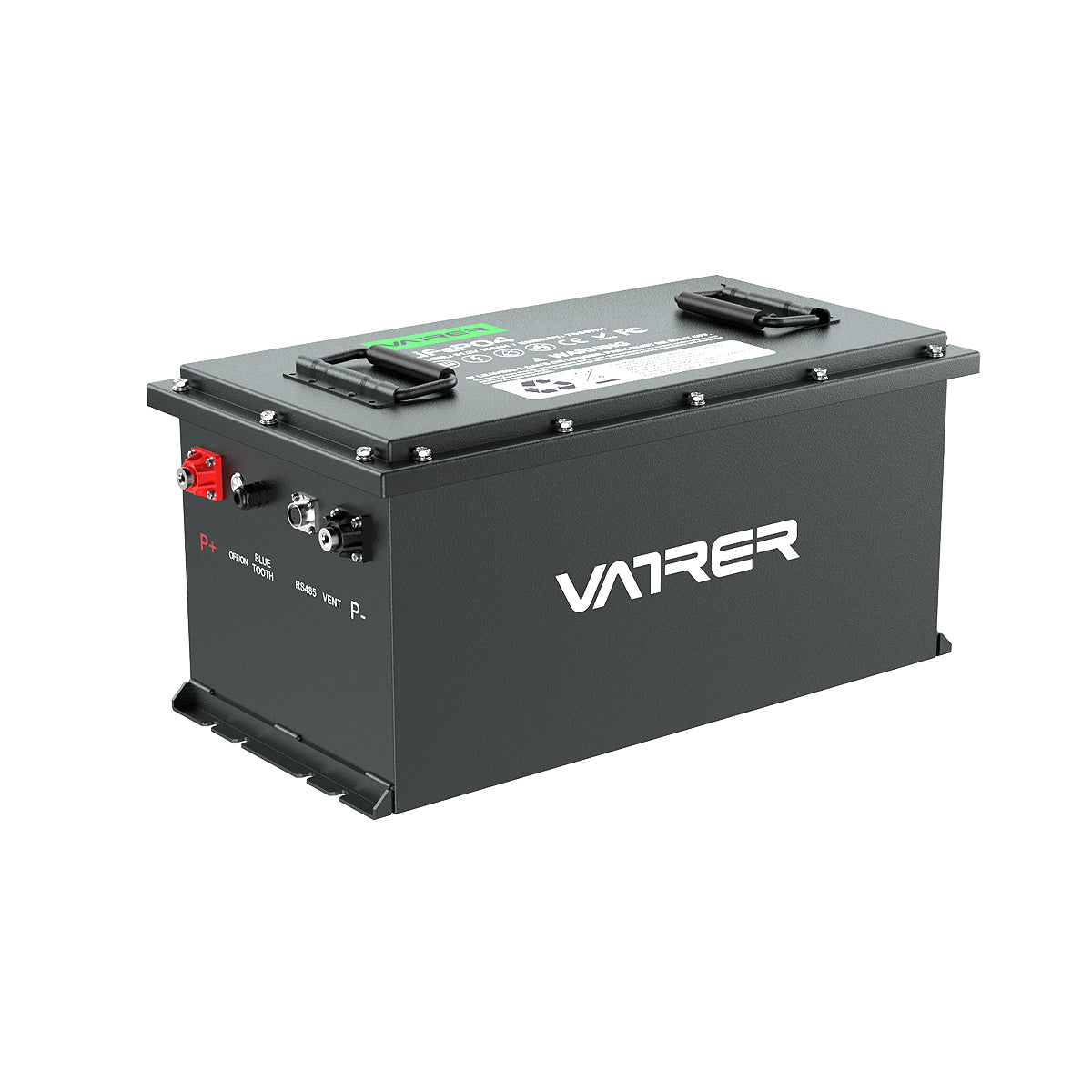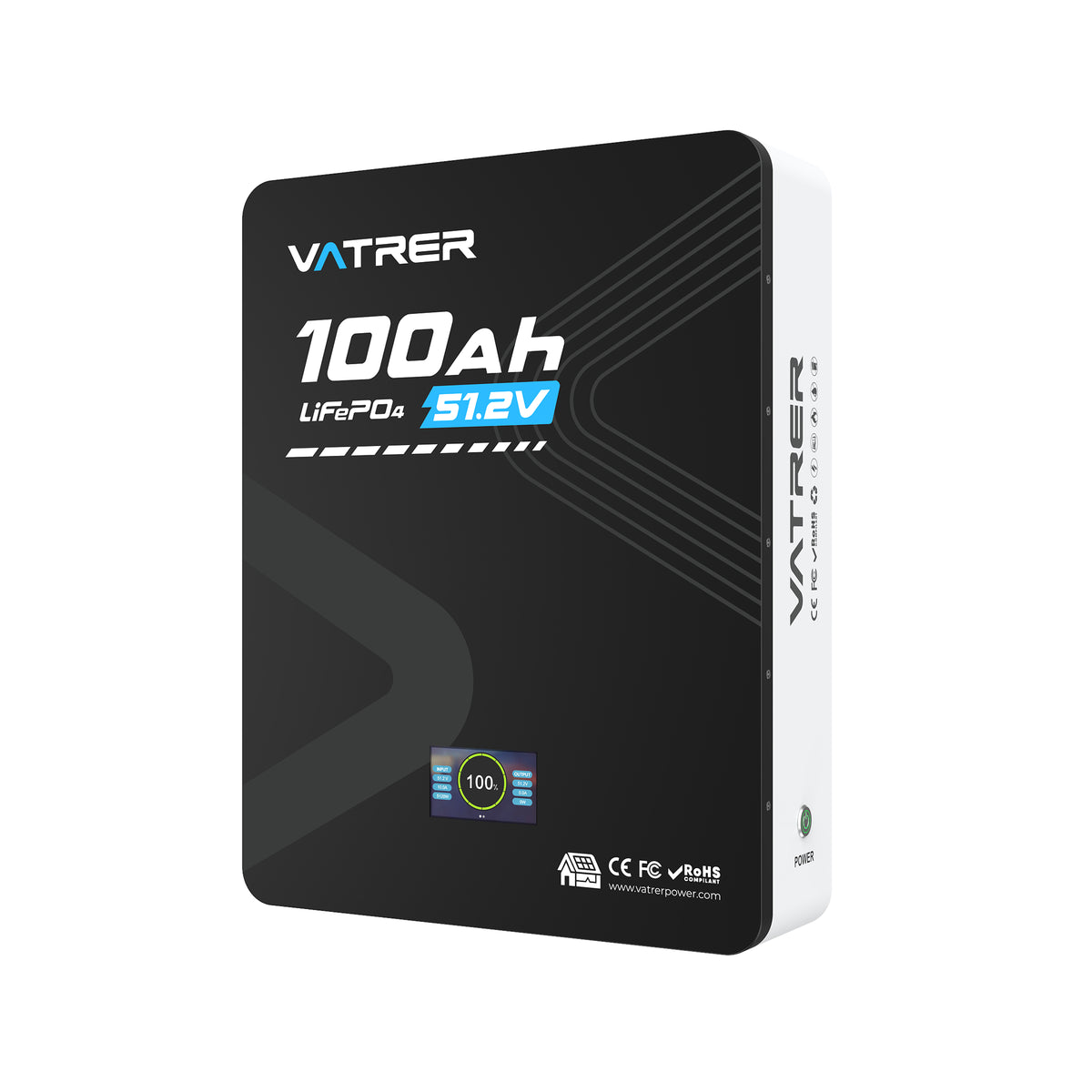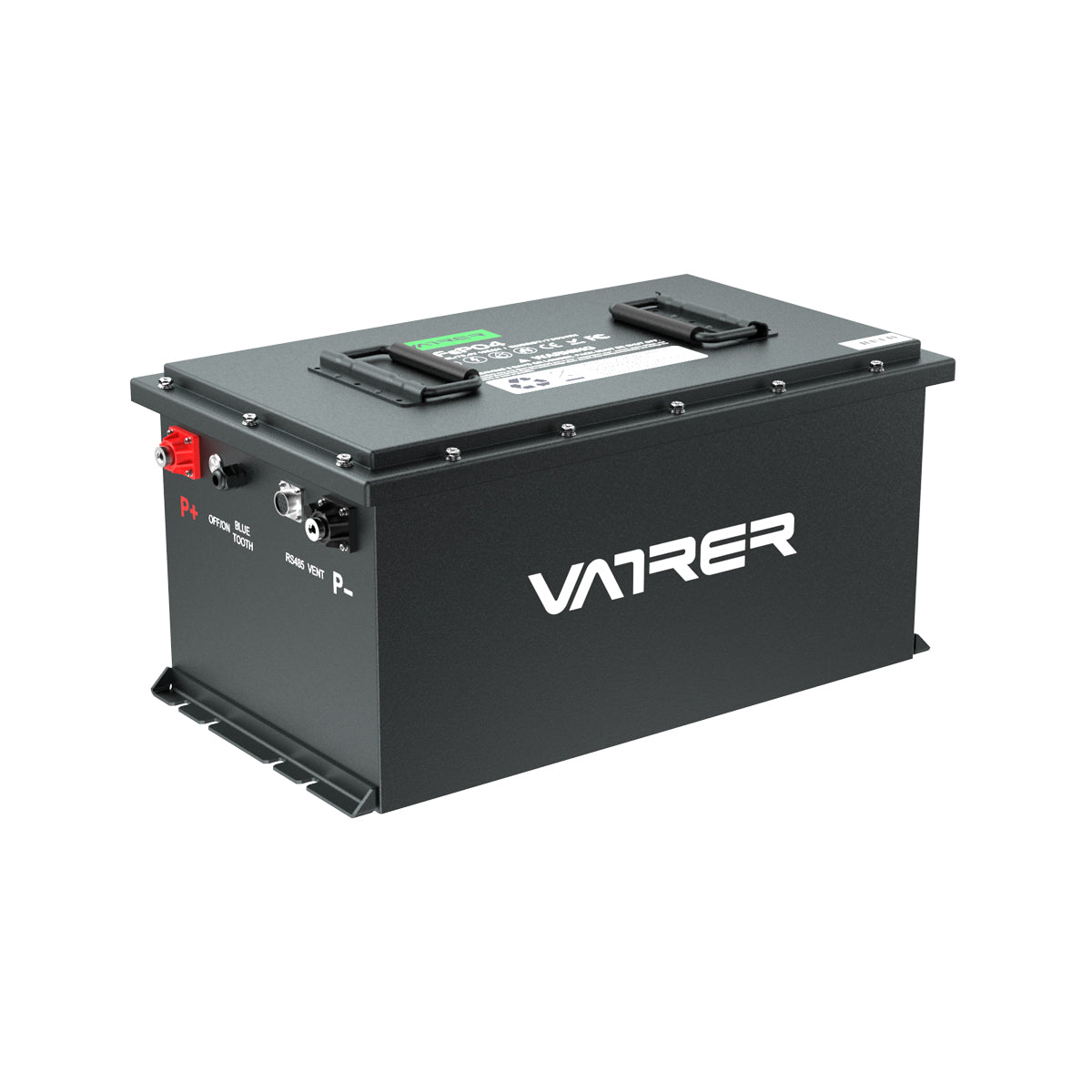Table of Contents
- Introduction to Golf Cart Batteries
- Types of Golf Cart Batteries
- How to Choose the Right 12 Volt Golf Cart Battery
- Maintenance Tips for Golf Cart Batteries
- Charging Your Golf Cart Battery Correctly
- Signs Your Golf Cart Battery Needs Replacement
- Top 5 Best 12 Volt Golf Cart Batteries of 2024
- Upgrading Your Golf Cart Battery
- Environmental Impact of Golf Cart Batteries
- Future Trends in Golf Cart Battery Technology
- FAQs
- What is the average lifespan of a 12-volt golf cart battery?
- How often should I charge my golf cart battery?
- Can I use a car battery in a golf cart?
- How do I know if my golf cart battery is still good?
- What are the benefits of lithium-ion batteries for golf carts?
- How can I store my golf cart battery during the winter?
- What is the best way to clean golf cart battery terminals?
- Are there any safety precautions when handling golf cart batteries?
- How do I dispose of my old golf cart battery properly?
- What size battery do I need for my golf cart?
Introduction to Golf Cart Batteries
Golf carts are a delightful mode of transport on the golf course or in gated communities, and their performance largely hinges on the type and quality of the batteries used. When it comes to powering these carts, 12-volt batteries are the most popular choice. Selecting the right battery can significantly influence both the efficiency and lifespan of your golf cart, making it paramount to understand the options available in the market.
Types of Golf Cart Batteries
-
Lead-Acid Batteries:
- Pros: Cost-effective, readily available, and reliable for most golf carts.
- Cons: Heavier and less efficient than lithium options, with a shorter lifespan.
-
Lithium-Ion Batteries:
- Pros: Lightweight, longer lifespan, faster charging times, and better energy efficiency.
- Cons: Higher upfront costs, though they may save money in the long run due to longevity.
Figure 1.1 Battery Comparison Chart:

How to Choose the Right 12 Volt Golf Cart Battery
-
Capacity: Evaluate the amp-hour (Ah) rating to determine how long the battery will last on a single charge.
-
Size: Ensure the battery fits well within your golf cart's battery compartment.
-
Maintenance: Consider your willingness to perform maintenance; lead-acid batteries require more upkeep than lithium-ion options.
Maintenance Tips for Golf Cart Batteries
-
Regular Checks: Inspect battery terminals for corrosion and ensure connections are tight.
-
Water Levels: For lead-acid batteries, maintain the water levels to prevent damage.
-
Cleaning: Keep the battery clean from dirt and debris to enhance performance.
Figure 1.2 Maintenance Checklist:
| Maintenance Task | Frequency |
|---|---|
| Inspect Terminals | Monthly |
| Check Water Levels | Monthly |
| Clean Terminals | Every 6 Months |
Charging Your Golf Cart Battery Correctly
- Use a Smart Charger: This prevents overcharging and extends battery life.
- Avoid Deep Discharge: Regularly recharge before the battery is fully depleted.
Signs Your Golf Cart Battery Needs Replacement
-
Reduced Power: Noticeable decline in speed or distance covered.
-
Swelling or Leakage: Physical deformities indicate internal damage.
-
Frequent Charging: If you find yourself charging more often, it’s time for a replacement.
Top 5 Best 12 Volt Golf Cart Batteries of 2024
-
Trojan T-1275: Known for its reliability and long lifespan.
-
Deka 8G27M: Excellent performance in deep cycle applications.
-
Battle Born LiFePO4: A premium lithium option with extensive longevity.
-
Trojan T-875: Popular choice for golf carts with high power needs.
-
Universal Power Group 12V: Affordable lithium option for budget-conscious consumers.
Upgrading Your Golf Cart Battery
- Benefits of Lithium-Ion: Enhanced performance, lighter weight, and less frequent need for replacement.
- Installation Tips: Consult a professional or follow detailed guides to ensure proper fitting.
Environmental Impact of Golf Cart Batteries
- Recycling Programs: Many manufacturers offer programs for recycling old batteries.
- Sustainable Choices: Consider newer technologies that reduce environmental impact while providing enhanced performance.
Future Trends in Golf Cart Battery Technology
- Emerging Technologies: Solid-state batteries and improved lithium chemistries are on the horizon, promising even better performance and sustainability.
- Integration with Renewable Energy: More golf carts are being designed to integrate with solar charging systems, enhancing their eco-friendly appeal.
FAQs
-
What is the average lifespan of a 12-volt golf cart battery?
- Typically, lead-acid batteries last 4-6 years, while lithium-ion can last up to 10 years or more.
-
How often should I charge my golf cart battery?
- Charge after each use and avoid letting it drop below 50% capacity.
-
Can I use a car battery in a golf cart?
- It’s not recommended; golf carts require deep-cycle batteries designed for sustained discharges.
-
How do I know if my golf cart battery is still good?
- Test the voltage and check for physical signs of wear; a multimeter can help assess health.
-
What are the benefits of lithium-ion batteries for golf carts?
- They provide longer lifespan, lighter weight, and faster charging capabilities.
-
How can I store my golf cart battery during the winter?
- Disconnect it, charge fully, and store in a cool, dry place.
-
What is the best way to clean golf cart battery terminals?
- Use a mixture of baking soda and water to neutralize corrosion, followed by rinsing with water.
-
Are there any safety precautions when handling golf cart batteries?
- Always wear gloves and eye protection; avoid short-circuiting terminals.
-
How do I dispose of my old golf cart battery properly?
- Take it to a recycling center or retailer that accepts batteries.
-
What size battery do I need for my golf cart?
- Most use 6-volt or 12-volt batteries; consult your golf cart’s manual for specifications.


